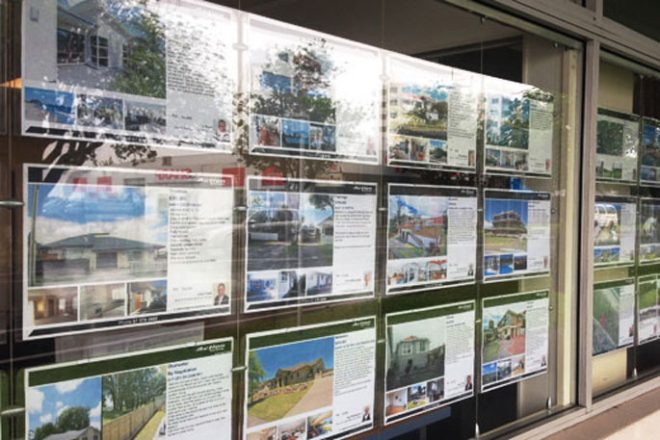Ang paglago ng halaga ng bahay ng New Zealand ay huminto noong Abril, na may bahagyang 0.1 porsyento na pagbaba na nagpapahiwatig ng kawalan ng katiyakan sa merkado ng pag-aari. Ayon sa House Price Index ng CoreLogic, ang average na halaga ng pag-aari sa New Zealand ay $933,633 ngayon, isang 3 porsyento na pagtaas mula sa mababang punto ng Setyembre, ngunit 11 porsyento pa rin mas mababa kaysa sa tuktok.
Sa mga pangunahing lungsod, nag-iiba ang mga halaga ng pag-aari. Nakita ng Dunedin ang pagtaas ng 0.7 porsyento noong Abril, habang ang Wellington at Hamilton ay nakaranas ng 0.4 porsyento na paglago. Gayunpaman, nanatiling patag ang mga halaga ng pag-aari sa Christchurch at Tauranga, at nakita ng 0.6 porsyento na pagbaba ng Auckland.
Ang punong ekonomista ng pag-aari ng CoreLogic NZ, si Kelvin Davidson, ay nagmumungkahi na ang mabagal na mga uso sa presyo ng bahay noong Abril ay nagpapahiwatig ng isang ‘merkado ng mamimili’, kung saan ang mga nagbebenta ay may mas kaunting kapangyarihan sa pag-iingat. Ipinaliwanag niya na habang kailangang magkaroon ng mga mamimili ang kanilang pananalapi sa pagkakasunud-sunod, na mahirap sa mga rate ng mortgage sa paligid ng 7%, walang maraming ‘sapilitang nagbebenta’ dahil sa medyo mababang rate ng kawalan ng trabaho.
Sa Auckland, nag-iiba ang pagganap ng merkado ng pag-aari noong Abril, na si Rodney ang tanging lugar na nakakakita ng kaunting pagtaas. Ang Auckland City ay nakakita ng maliit na pagbaba, habang ang Waitakere, Manukau, at Franklin ay nakakita ng pagbaba ng 0.6-0.9 porsyento.
Sa kabilang banda, bahagyang lumakas ang merkado ng pabahay ng Wellington, kasama ang Porirua at Upper Hutt ay nakakita ng pagtaas ng 1.5 porsyento at 1.4 porsyento ayon sa pagkakabanggit. Gayunpaman, nagbabala ni Davidson na ang makabuluhang pagbawas sa trabaho sa pampublikong sektor ay maaaring makaapekto sa kumpiyansa sa merkado ng pabah
Sa labas ng mga pangunahing lungsod, nakita ang merkado ng pabahay noong Abril, maliban sa Napier at New Plymouth na nakaranas ng banayad na pagbaba. Natanaw ang Rotorua na may 1.3 porsyento na pagtaas sa average na mga halaga.
Inaasahan ni Davidson, inaasahan ni Davidson na makakakita ng katamtamang pagtaas ang merkado ng pag-aari ngayong taon at posibleng sa 2025. Hinulaan niya na ang dami ng benta ay maaaring tumaas ng humigit-kumulang 10 porsyento sa taong ito, at ang paglago ng presyo ng bahay ay maaaring humigit-kumulang 5 porsyento sa 2024. Gayunpaman, nabanggit niya na ang implasyon at mga plano ng Reserve Bank para sa opisyal na rate ng cash ay makakabuluhang makakaimpluwensya sa pagganap ng merkado ng pabahay sa mga darating na buwan.




























































